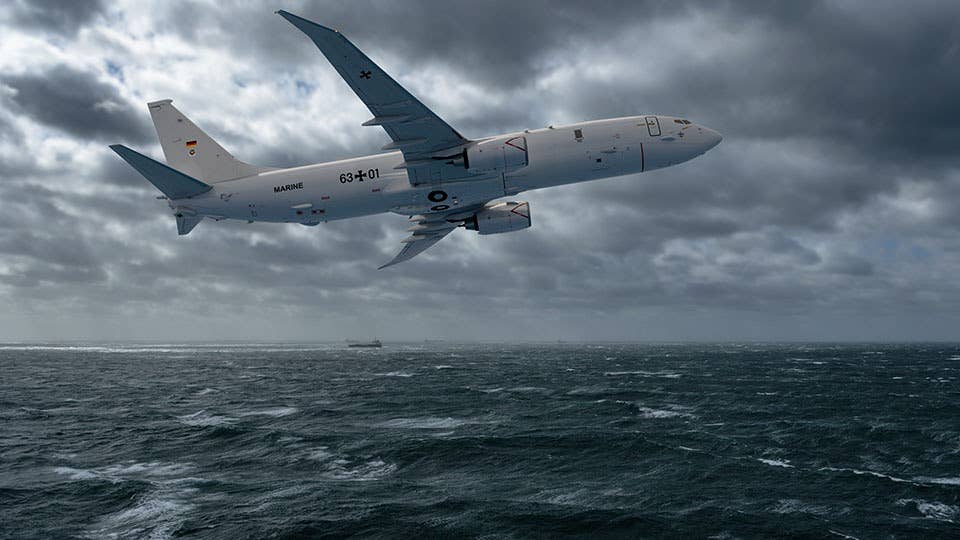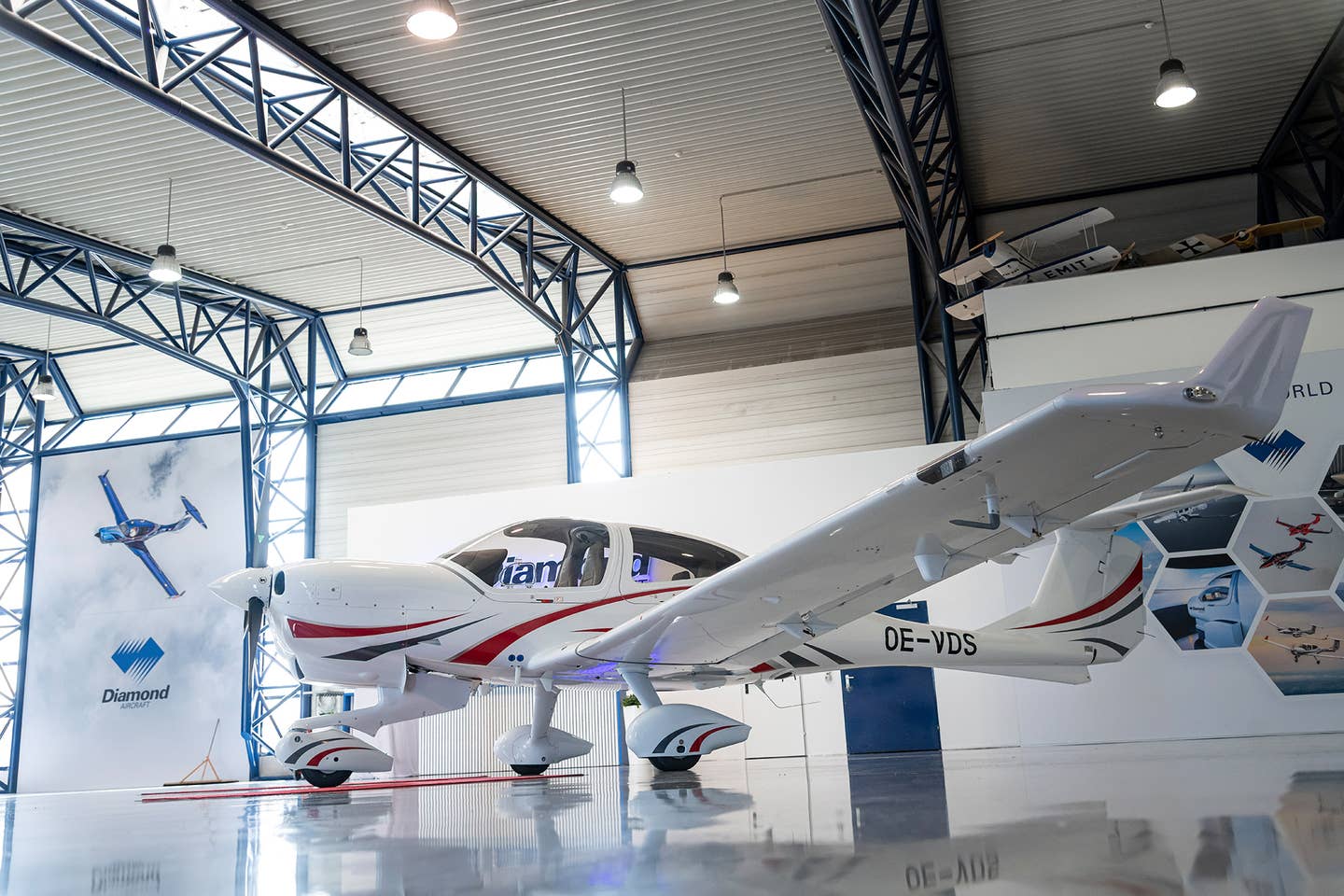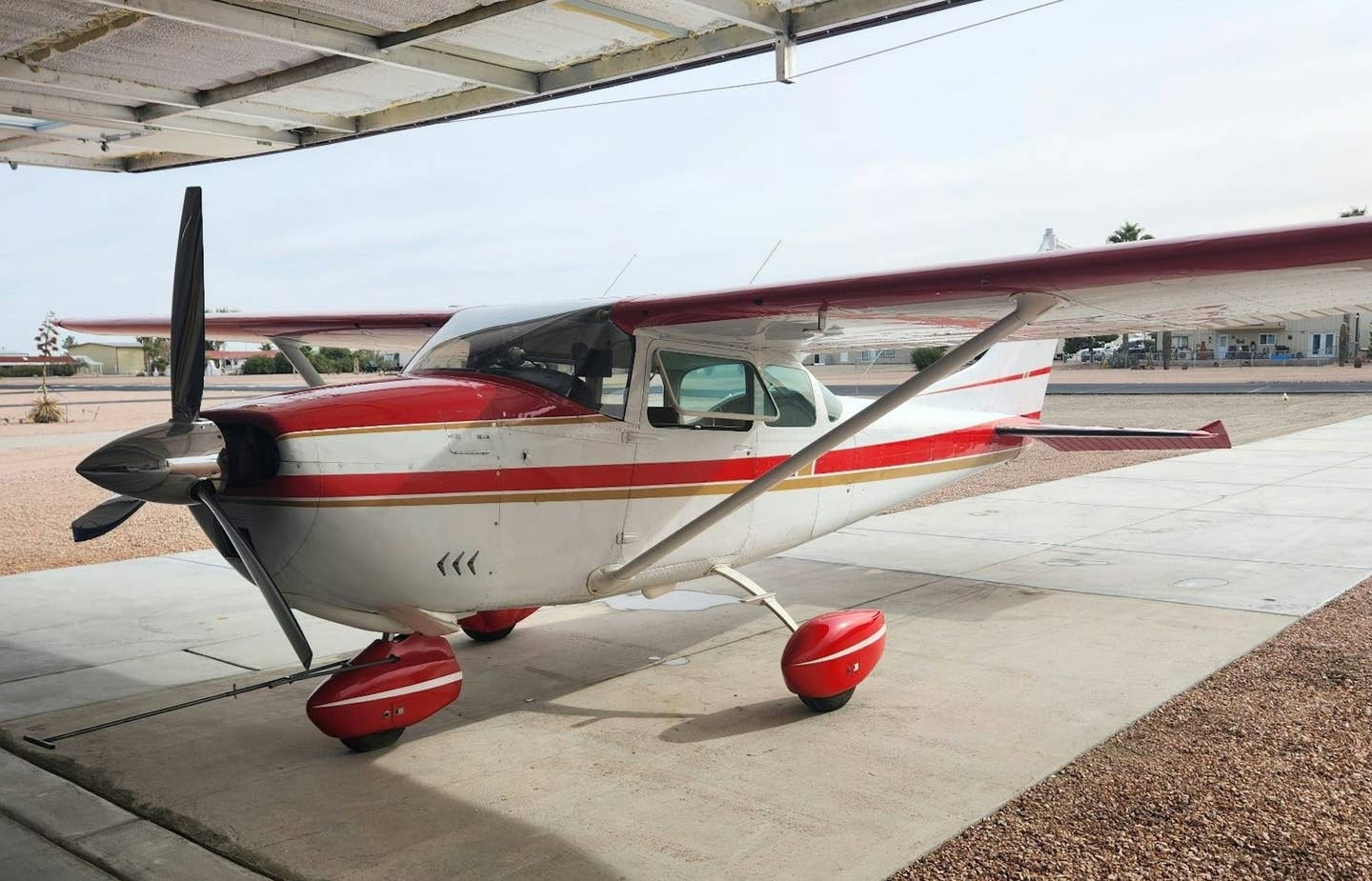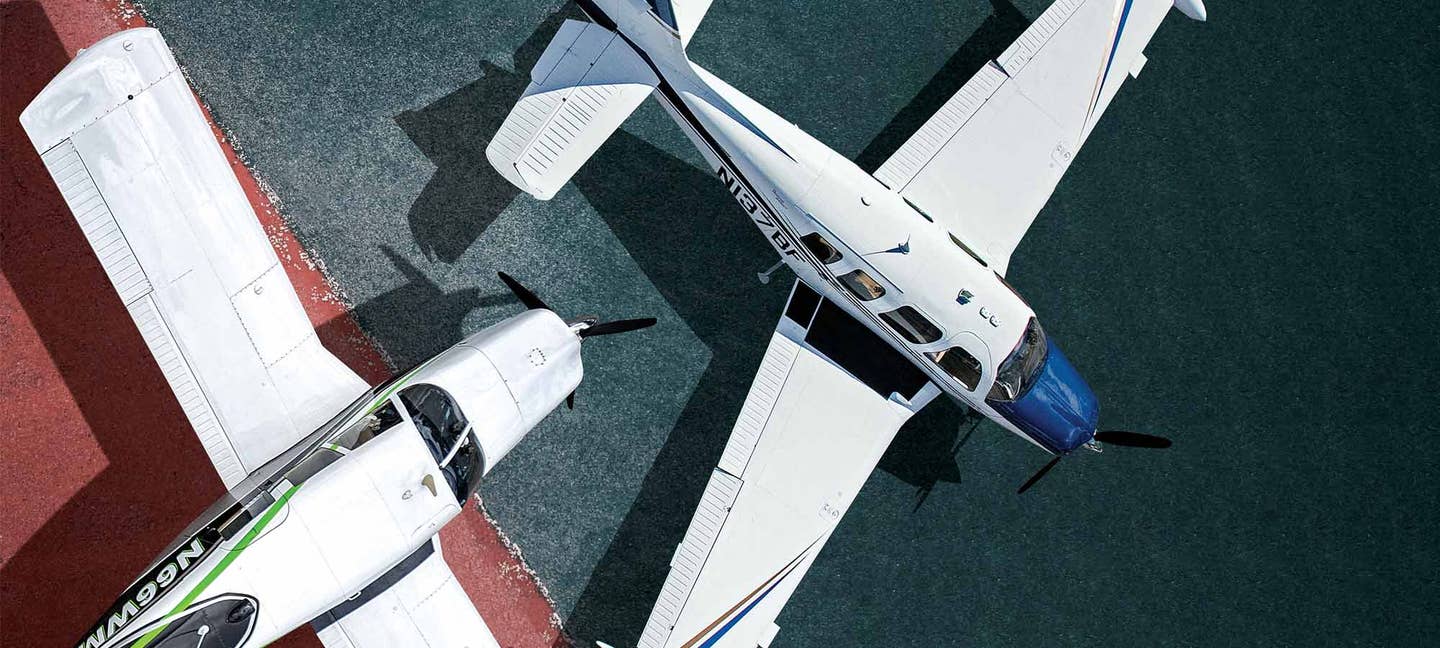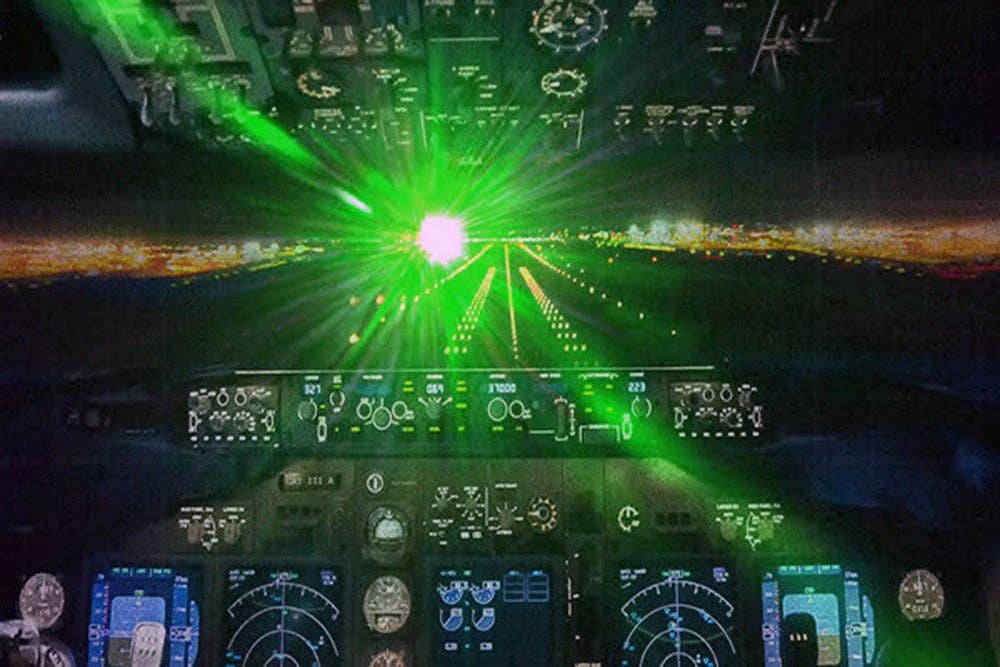
Cessna 182T Skylane
Cessna's 2001 Skylane has a new letter, jumping from the 182S to the 182T, and when the turbocharged version is considered it becomes the T182T. The model change is justified by a lot of small tweaks that cleaned the airplane up enough for a cruising speed increase of at least four knots. The avionics package got its share of attention, and now the new Cessnas are available with panels that are a lot closer to state-of-the-art than they have ever been.
The turbo also brings a new level of performance to the Skylane by allowing the production of copious amounts of power at the top of the non-oxygen altitude spectrum, and the cruise speed numbers are pretty fancy.
The drag reduction measures are not dramatic and include things like adjusting the steps and handles used to climb up and check fuel and modifying the cowling in some areas. The nav and comm antennas are blades instead of whips for less drag, and all the exterior lights have been modified. A lot of the fairings have been changed, too, and one dubious change is to the step on the landing gear. It is tiny. Beware if you are wearing leather-soled shoes, especially if they are wet. There'll be some busted shins.
Inside, Rosen sun visors are now standard, and the mousetrap covered outlets for headset plugs are gone, replaced by regular jacks for easier access. Headliner panels eliminate the need to remove the headliner for inspection of some items, and the already excellent lighting has been improved. In an effort to control weight, the side panels have been redone with formed composite Kydex that looks, well, lightweight. The leather seats have been redone and are very nice.
The most recognizable feature of the new airplanes is the avionics stack. The 2001 Cessna singles are finally with the program. The top avionics package, dubbed Nav II, has it all, including a Bendix/King KMD 550 multifunction display, a KCS 55A horizontal situation indicator and a Goodrich WX 500 Stormscope sensor that plays through the KMD 550 full-color display. There's also a KLN 94 GPS, color and approach-approved, that plays on the 550 and provides its own map. There are two KX 155A navcom sets, both with glideslope, and these are fully integrated into the system and can be tuned through the KLN 94 GPS.
A transponder, audio panel with four-place intercom and split communications capability so two can communicate with different facilities at the same time, ELT, and the necessary selectors and annunciators are all there.
The autopilot is a KAP 140 two-axis (pitch and roll) rate-based unit with altitude preselect and nav coupling.
The only option in the Nav II package is an ADF for $5,500.
Cessna has attractive pricing on the avionics package, which means that few pilots will buy a spare airplane and then deck it out after purchase. For example, to go from a Nav I package to a Nav II runs but $18,300, which isn't bad for a Stormscope and HSI compass system plus an upgraded selector/annunciator required by the addition of the HSI.
In total, the avionics package is as capable as they come and is quite pleasant to use. For now, Cessna is using the big multifunction display for maps and Stormscope information, but more good stuff will be coming to a screen near you soon.
The turbo also features a standard-heated prop and oxygen bottle. The turbocharged airplane sells for almost $40,000 more than the normally aspirated airplane and has 63 pounds less useful load.
Is the turbo worth its cost and weight? Let's go flying and see.
Flying a Skylane is like visiting with an old friend-especially for me. I bought a new one in 1968 and spent many pleasant hours flying it around the country. It was no show dog, but it was friendly, comfortable and relatively easy on the operating budget. Where the 2001 looks a lot like mine of 33 years ago, Cessna has made many changes to make the airplane as viable a product today as it was then. Skylanes have retained their value better than any other personal airplane, and the basic reasons for that are still there along with some good new things.
The first part of the mission in the T182T was to see some superlatives in cruise. It was an IFR day, so we got a clearance for a local IFR flight at 13,000 feet. Recommended climb is at full power, which basically means full throttle. The engine is rated at 235 horsepower at 2400 rpm, so the prop control becomes something that is seldom used.
The Pilot's Operating Handbook predicts a rate of climb of 1,060 feet per minute on a standard air temperature day at maximum takeoff weight. At any temperature below standard and any weight below maximum, the airplane really vaults upward-about 1,500 feet per minute the day I flew it.
The 235-horsepower rating is maximum continuous, and the engine is a 540-cubic-inch Lycoming that, in other applications, develops a lot more horsepower. Thus Cessna feels justified in saying that it is OK to cruise at maximum continuous power with a full rich mixture if you wish. Sucking on oxygen and level at 13,000 feet, I calculated the true airspeed to be 165 knots on 25 gallons of fuel per hour.
I wouldn't care to run a turbocharged engine that was hooked to my checkbook at maximum continuous power all the time because of engine wear and fuel consumption. Turned down to 88 percent power the airplane would true 160 knots at 12,000 feet on about 17.5 gallons per hour. The specific fuel consumption at full throttle, full rich, or at 88 percent, leaned, is very high. Most users will probably find it a reliable 150-knot airplane at a reasonable fuel flow in the 10,000 to 12,000 foot range. When compared with the older Skylanes, which would true 143 knots on 12.3 gallons per hour, the new ones do seem to like their avgas.
The 88-gallon fuel supply would give good endurance except at the highest power settings. The airplane I flew had a useful load of 1,042 pounds and a full fuel payload of 514 pounds.
The maximum certified operating altitude of the Turbo Skylane is 20,000 feet, and the engine will still develop maximum continuous power at that altitude. The airplane will true a max of 170 knots at its certified ceiling.
With the prop turning a maximum of 2400 rpm the sound level isn't bad even at full bore. The vibration level is higher than it should be, though. That is true of some of the other new piston airplanes, and where I would put the management of vibration high on my list of things to do, the engineers working on these airplanes apparently don't agree. I'd give up some knots and/or pounds of useful load for a silky smooth ride any day.
The KAP 140 autopilot does a nice job of flying the Skylane though the one in this particular Skylane appeared lethargic in the heading mode. Switched to nav, though, it tracked with precision and did a smooth job of flying the airplane thanks to roll steering commands coming from the navigator. The autopilot altitude preselect and hold function is good and quite useful, though for climb and descent you must select vertical speed instead of just adjusting pitch attitude.
The airplane was flown out of Frederick, Maryland, and the overcast was still there when we got ready to return, so I asked for and got the GPS approach to Runway 5. The way we were cleared in put us over an initial approach fix that led to a transition to final with a 72 degree track angle change for final. The autopilot flew that well, though it overshot the turn and had to correct back to the final approach course. It did that smoothly and before we reached the final approach fix.
For landing in a slightly gusty wind I elected to use 20 degrees of flaps instead of full flaps-30 degrees. With the center of gravity forward, the new Cessna singles are just nicer to land with a bit less than full flaps. The vast majority of the stalling speed decrease from flaps comes with the first 20 degrees with the last 10 more for drag and steeper approaches than for lower touchdown speeds. That means that restricting the flaps use doesn't do anything other than make the landing a little easier because of better elevator authority.
What is the score on the value of turbocharging in a Skylane? Certainly it adds a lot of performance with higher cruising speeds at the top of the non-oxygen altitudes plus a strong climb benefit. On a hot day, a T182T will get to cool air a lot sooner than its normally aspirated sibling and, once there, it will cruise faster. Only the buyers of the airplanes will give the final verdict on whether turbocharging is worth the weight and dollars.
The Skylane may well be one of the more notable personal airplanes of our time. It has remained popular over a long period, evolving as it has from the 1956 182. The horsepower of the normally aspirated engine has remained the same-230-over the life of the airplane though everything else has changed, markedly in many cases. That Cessna keeps it a viable product 45 years later is a tribute to the original design, to the effort that has been put into making the airplane keep pace over all those years, to the comfort built into the airplane and to flying qualities as friendly as they come. Balance is the word.

Sign-up for newsletters & special offers!
Get the latest FLYING stories & special offers delivered directly to your inbox

